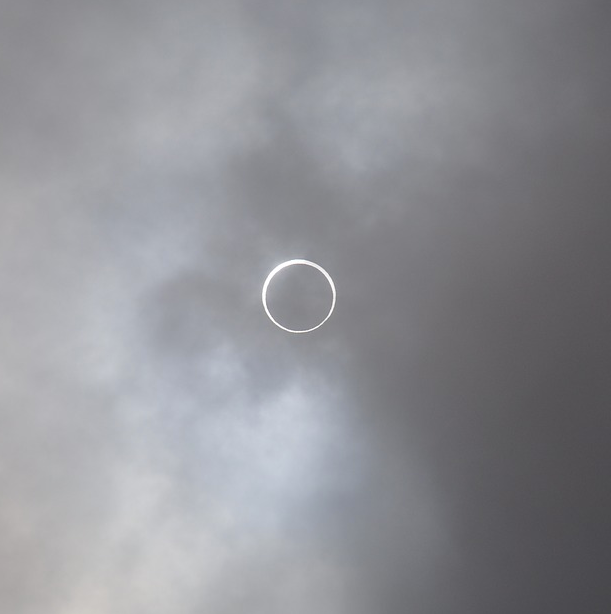Earth and Space Science Resource Library
Each of our self-paced mini units covers one NGSS standard and includes a student slideshow and work packet, assessment project with rubrics, extension activity and complete educator lesson plans.
Additional resources, helpful websites and phenomena ideas are found on this page for each unit listed.
Moon Phases, Eclipses and Seasons Mini Unit Resources
Students develop models of moon phases, eclipses and seasons with flashlights, tennis balls, globes and their heads! Using their own observations, students make sense of these events and then write a postcard to share what they learned. Finally, students research how cultural groups (Lakota people, Ancient Egyptians or others) use observations of the sun, moon phases and stars, eclipses and seasons to guide their lives and activities.
Gravity and Motion in the Solar System Mini Unit Resources
Students play with magnets and a ball on a string, work through the Gravity and Orbits PhET simulation and give a speech about what they learned. Then, they work through one physical and one digital model to demonstrate the balance of gravity and motion in our solar system (and the rest of the universe) and gain a deeper understanding of this balance while sharing their knowledge with an adult. Finally, students determine if anything in Star Wars (or their favorite space movie) is true!
Earth, Moon and Sun Scale Models Mini Unit Resources
Students calculate the diameter of a basketball to determine if it would qualify for the NBA! Then, they use this information to calculate the diameter of the sun, Earth’s moon and the other planets in our solar system. Finally, students build a scale model to answer the question, “If Earth was the size of a basketball and the moon was the size of a tennis ball, how big would the sun and other plants be?” Students also have a chance to compare the mass and volume of Earth with other planets in our solar system.
Solar System Objects Mini Unit Resources
Students learn how to navigate the immense amount of information online using the three Rs: Relevant, Reliable, Reasonable. Then, they find good online information about the inner and outer planets, asteroids and comets in our solar system. Students learn about the atmosphere, surface and interior of each planet as well as interesting facts about our moon, comets and asteroids. Finally, students create a giant Venn diagram to compare and contrast two solar system objects and determine how humans could live on Mars!



